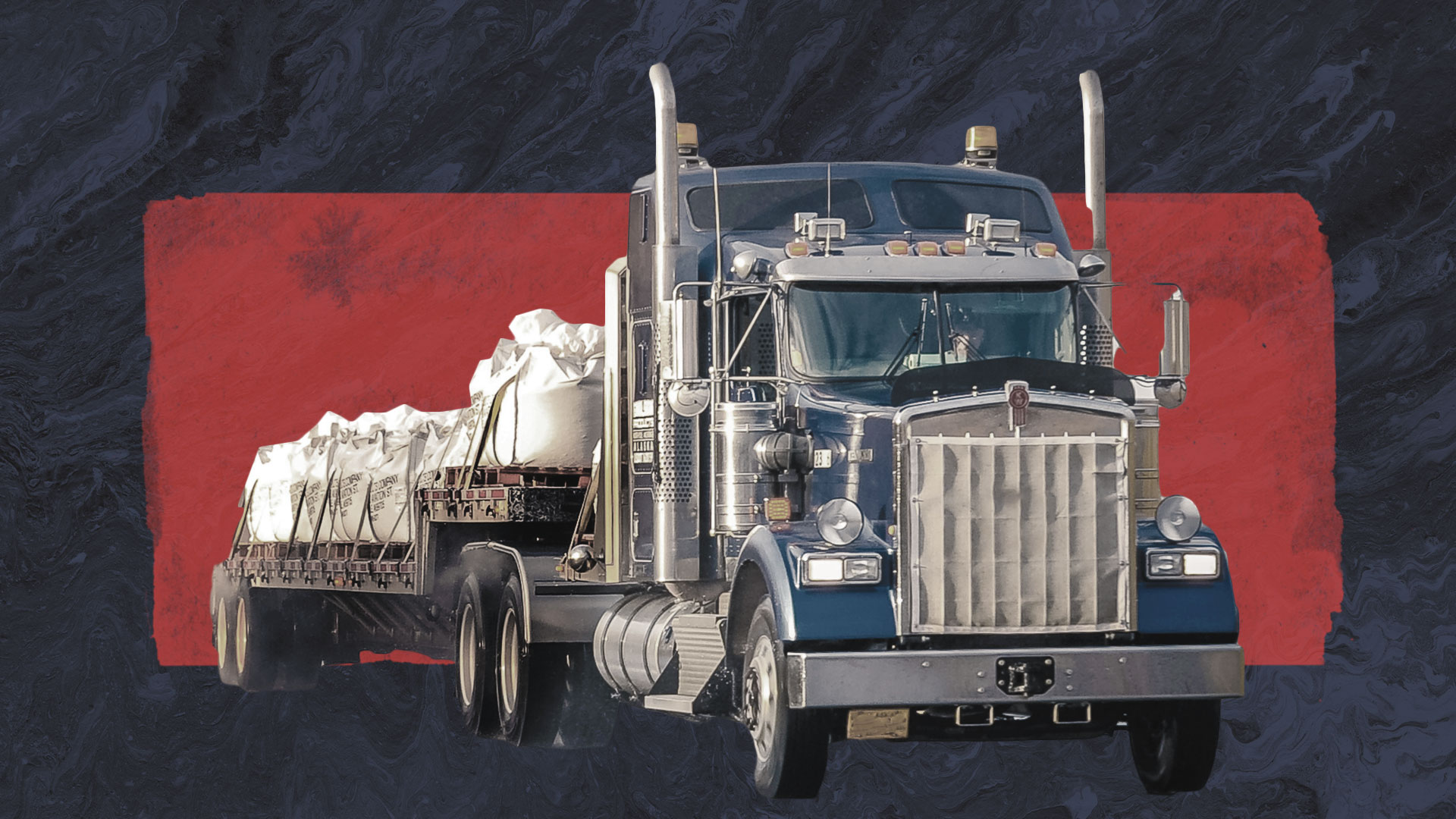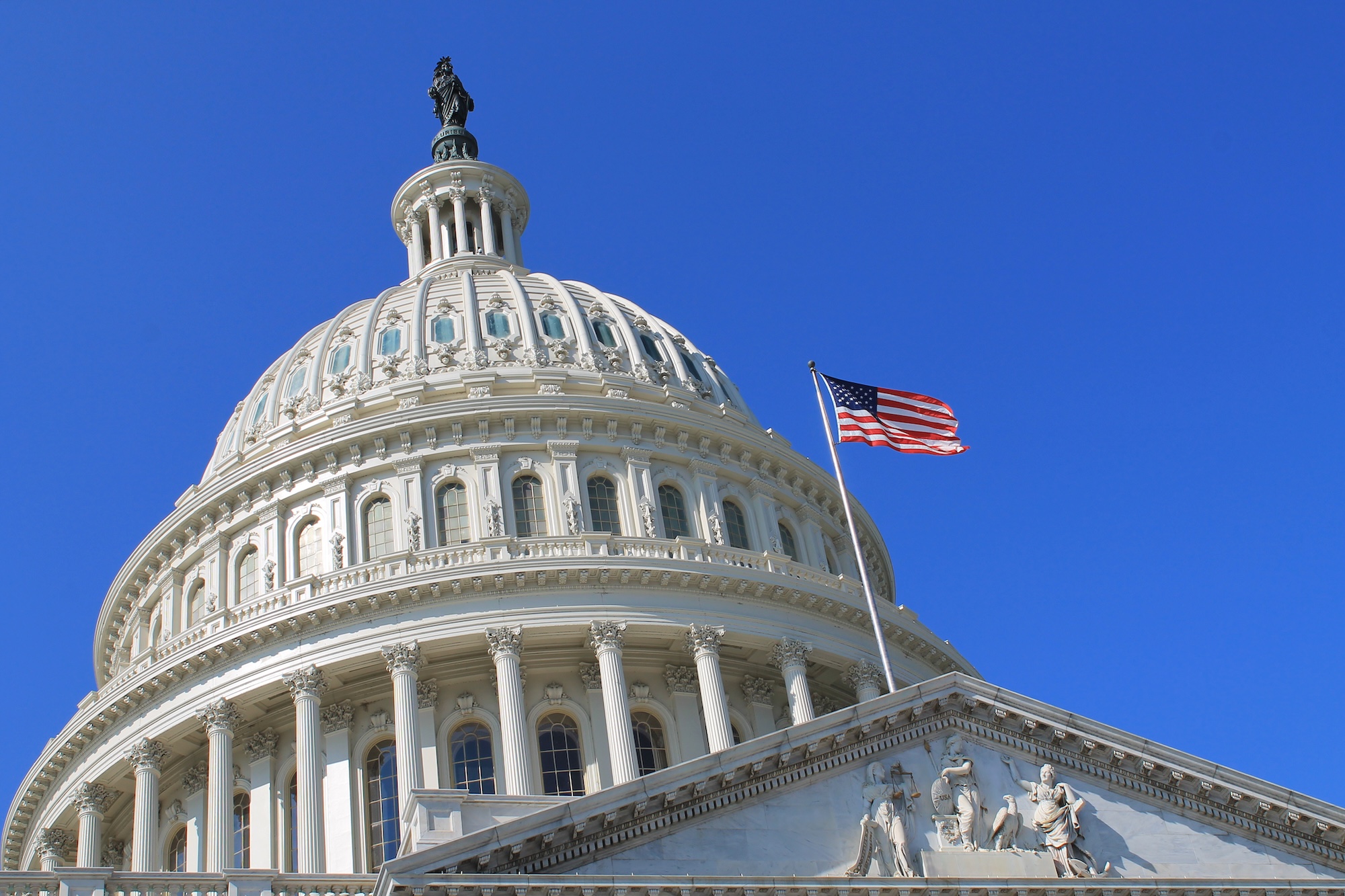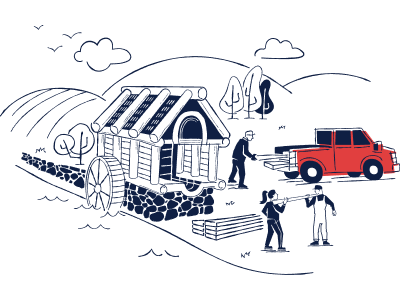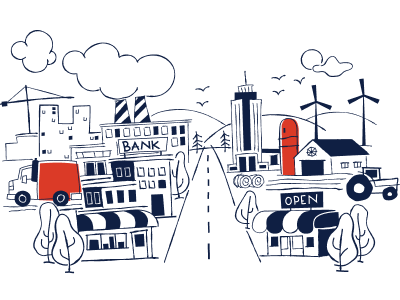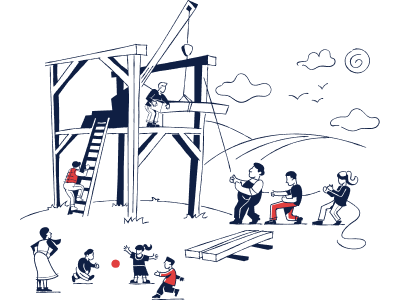
RECOMMENDED READING
Once upon a time, a conservative must have greatly offended a powerful sorcerer. How else to explain the curse afflicting American politics, which condemns each generation to toil anew under the mistaken belief that fighting poverty is merely a matter of sending money to the poor? Twenty-five years after welfare reform, we seem to be back where we started, with Democrats crowing that the $1.9 trillion Covid-19 relief bill, which sends cash to every family for each of their children, will “cut child poverty in half.”
Perhaps, as a matter of government statistical reporting, child poverty will plunge in 2021. Give people cash, count it as income that lifts them above the poverty line, and—voilà—poverty “solved.” Lyndon Johnson’s Great Society similarly reduced the poverty rate for households with children from 16 percent in 1965 to 11 percent in 1969. Unfortunately, even as anti-poverty spending proceeded to triple from 1970 to 1995, the poverty rate for households with children stubbornly climbed back to 16 percent.
What went wrong? By one measure, the flood of resources accomplished its goal: the poverty rate for households headed by a single mother dropped from 52 percent in 1965 to 45 percent in 1969 and then fell a bit further, to 42 percent by 1995. But at the same time, the number of single-mother households exploded.
Recommended Reading
The Successful Policy That Progressives Love To Hate
American Compass executive director Oren Cass discusses a recent report analyzing the effects of welfare reform on child poverty, and how progressives fail to understand the importance of work in designing social safety net programs.
How Biden Transformed the Republican Debate Over Poverty
In a discussion of the debate over child benefits, Karl W. Smith discusses American Compass’s Fisc proposal as an idea that “deserves to be taken seriously.”
On the Biden CTC, Expert Endorsement Rings Hollow
American Compass’s Oren Cass and Wells King discuss the pitfalls of “evidence-based policymaking” and the importance of prioritizing work and long-term effects in designing the Child Tax Credit.


